Gajok Hoegwan (가족회관)
440.6M 2024-04-07
17 Jeollagamyeong 5-gil, Wansan-gu, Jeonju-si, Jeonbuk-do
Gajok Hoegwan is a restaurant specializing in Jeonju bibimbap. The restaurant opened in the 1970s, and its signature menu is Jeonju bibimbap, which is light and flavorful with a combination of freshly cut vegetables, meat, bean sprouts, and eggs. The restaurant is built in a hanok, giving it a traditional Korean atmosphere. It's a favorite among locals and tourists alike.
Jeonju New Jungang Market (전주 신중앙시장)
540.1M 2025-07-18
70 Taepyeong 3-gil, Wansan-gu, Jeonju-si, Jeonbuk-do
+82-63-253-6535
Jeonju Jungang Market is one of the four major traditional markets in Jeonju. The four major traditional markets in Jeonju constists of Nambu Market, Dongbu Market, Jungang Market, and Moraenae Market, The Jungang Market's Tteok (rice cake) Alley, by the market entrance connected to the road leading to the bus stop, is known for selling delicious rice cakes at a cheaper price than at regular stores.
Jeonju Waengi Kongmulgukbap Specialty Restaurant (전주 왱이콩나물국밥전문점)
567.5M 2025-07-14
88 Dongmun-gil, Wansan-gu, Jeonju-si, Jeonbuk-do
063-287-6980
Jeonju Waengi Kongmulgukbap Restaurant, located next to Dongmun Art Street in Jeonju, is a local favorite. The restaurant serves only one dish, kongnamul gukbap, rice soup with bean sprouts. With the crunchy texture of bean sprouts and a rich broth made with anchovy and seafood, this hearty meal is perfect to enjoy after exploring nearby tourist attractions.
Save Zone - Jeonju Core Branch [Tax Refund Shop] (세이브존 전주코아점)
583.7M 2024-04-22
262-6, Paldal-ro, Wansan-gu, Jeonju-si, Jeollabuk-do
-
Han Kook Jib (한국집)
613.7M 2024-12-26
119, Eojin-gil, Wansan-gu, Jeonju-si, Jeonbuk-do
+82-63-284-0086, 2224
Opened in 1952, Han Kook Jib has upheld its tradition for three generations. It is housed in a renovated hanok with a beautiful courtyard. Han Kook Jib is conveniently located near major tourist sites in Jeonju, such as Jeonju Hanok Village and Gyeonggijeon Shrine.
Fine day (좋은날)
632.5M 2024-12-23
37-7 , Jeondongseongdang-gil, Wansan-gu, Jeonju-si, Jeonbuk-do
+82-10-2607-3326
A Fine Day is a hanok stay on Jeondong Cathedral Street, Jeonju, Jeollabuk-do, which combines hanok tradition with modern convenience. The wood floor and red clay-lined walls and ceilings are a pleasure to wake up to. The rooms are well heated and have toilets, shower booths and bidets. From the wooden porch guests can enjoy a beautiful sunny garden planted with wildflowers and trees. Nearby attractions include Gyeonggijeon, Omokdae, Jeondong Cathedral and Nambu Market (great for food!).
Homeplus Stores - Jeonju Wansan Branch [Tax Refund Shop] (홈플러스스토어즈 전주완산)
698.9M 2024-04-19
170, Girin-daero, Wansan-gu, Jeonju-si, Jeollabuk-do
-
Royal Portrait Museum (어진박물관)
709.1M 2024-04-07
44, Taejo-ro, Wansan-gu, Jeonju-si, Jeonbuk-do
+82- 63-231-0090
Opened on November 6, 2010, the Royal Portrait Museum is one of the newest attractions of Jeonju, located within the Gyeonggijeon Shrine. Royal Portrait Museum is a valuable museum as a new tourism resource of Jeonju as well as Gyeonggijeon Shrine and the Portrait of King Taejo, as well as other various high-class exhibitions to preserve, manage, and enhance the glorious cultural assets of Joseon royal family. The museum is comprised of one above-ground level and one underground level with an area of 1,193.71 square meters. The Portrait of King Taejo and six other king’s portraits (Portrait of King Sejong, King Yeongjo, King Jeongjo, King Cheoljong, King Gojong, and King Sunjong) are exhibited on the first floor. The portraits are preserved in temperature- and humidity-controlled cases. In addition, the museum houses History Hall, Palanquin Hall, a planned exhibition hall, resting area, management office and storage room for relics. Palanquin Hall exhibits Hyangjeong (Palanquin for Incense Burner and Case), Sinyeon (Palanquin for Royal Portrait and Palanquin for Mortuary Tablet), Chaeyeo (Palanquin for High Officials), Gagyo (Palanquin for Ritual Items) featuring Korea’s sole preserved palanquin. History Hall houses approximately 80 relices related to Gyeonggijeon Shrine and Jogyeong Shrine, ancestral ritual ceremony, building, and others relics. Since the museum's opening, it makes continual efforts to become a central place for Jeonju residents to fulfill their cultural feelings. The museum operates various program like exploring famous historic sites in Gyeonggijeon Shrine, hands-on programs such as a guard experience to protect the shrine, and duplicating Gyeonggijeon Shrine’s relics using traditional portrait-making techniques.
Jungboni Jaengban Jjajang (중본이쟁반짜장)
719.9M 2024-04-07
71, Gongbuk-ro, Wansan-gu, Jeonju-si, Jeonbuk-do
+82-63-271-2223
A place where you can enjoy various Chinese dishes. This Chinese (cuisine) restaurant is located in Jeonju-si, Jeollabuk-do. The representative menu is noodles in black bean sauce.
Jeonju Crafts Exhibition Hall (전주공예품전시관)
758.6M 2024-05-28
15 Taejo-ro, Wansan-gu, Jeonju-si, Jeonbuk-do
+82-63-281-1610
Jeonju Crafts Exhibition Hall promotes the beauty of traditional Korean crafts, and is made up of a Craft Hall, Special Exhibition Hall, and Experience Hall, Visitors can see traditional art works from master artisans as well as creative works from up-and-coming artists and designers. Visitors can also create their own handcrafted items in one of their many programs.

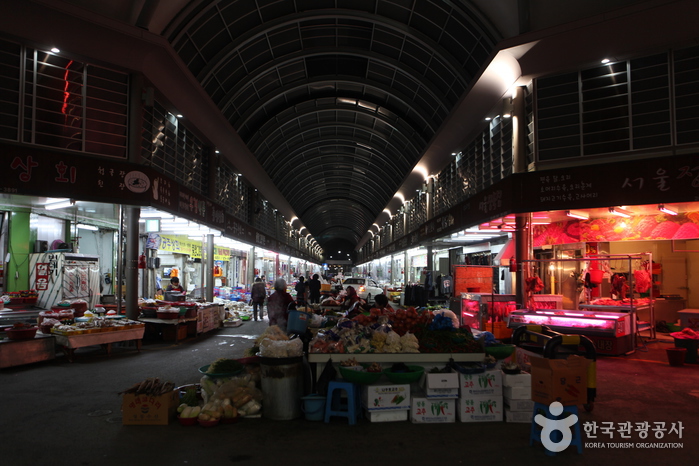
![Save Zone - Jeonju Core Branch [Tax Refund Shop] (세이브존 전주코아점)](http://tong.visitkorea.or.kr/cms/resource/63/2886363_image2_1.jpg)
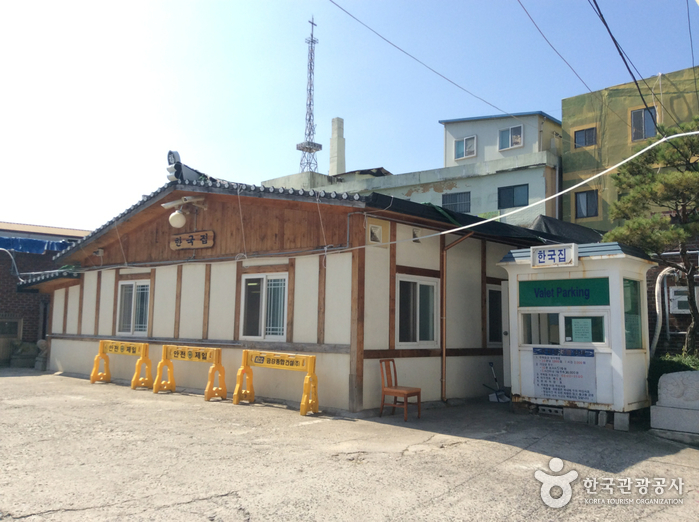
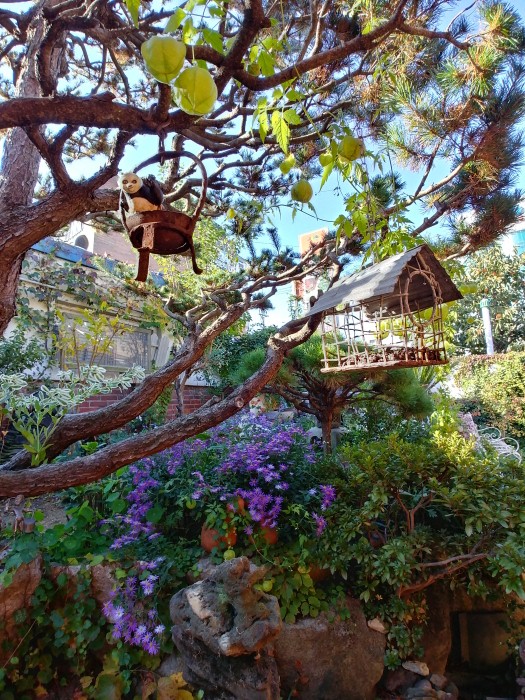
![Homeplus Stores - Jeonju Wansan Branch [Tax Refund Shop] (홈플러스스토어즈 전주완산)](http://tong.visitkorea.or.kr/cms/resource/82/2886382_image2_1.jpg)
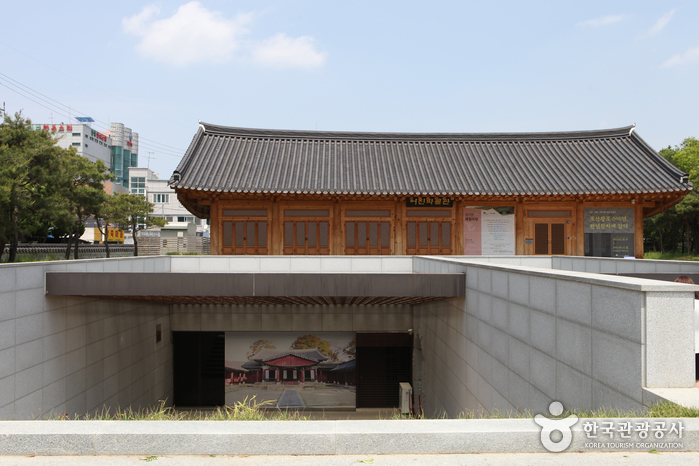
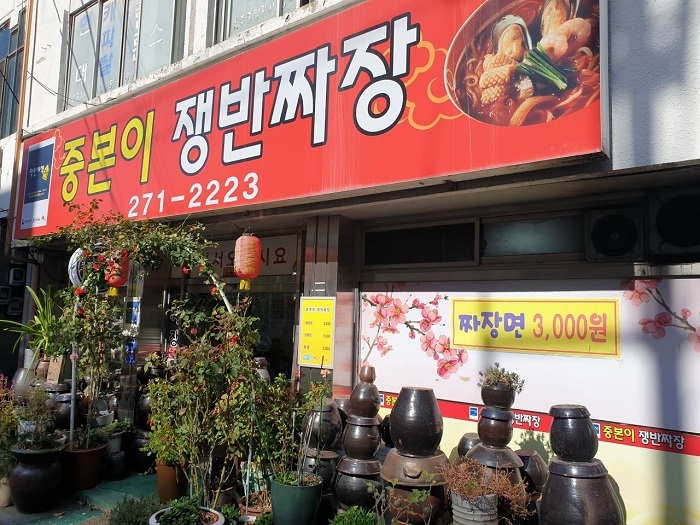
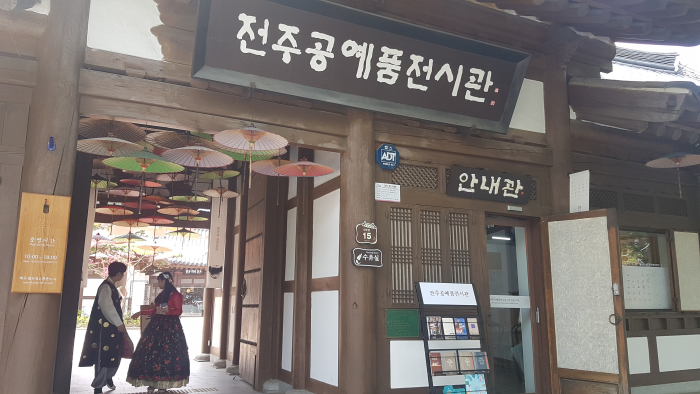
 English
English
 한국어
한국어 日本語
日本語 中文(简体)
中文(简体) Deutsch
Deutsch Français
Français Español
Español Русский
Русский